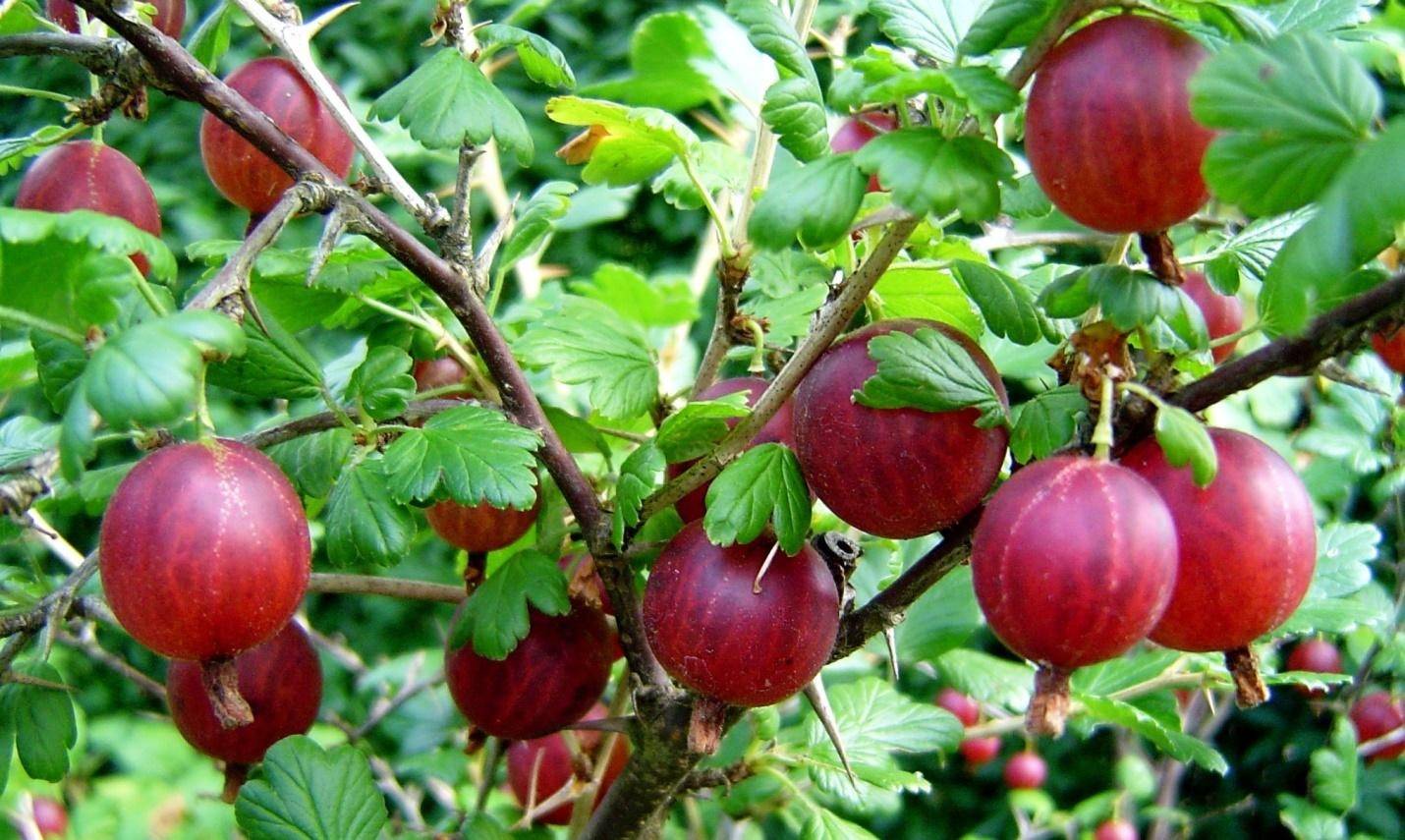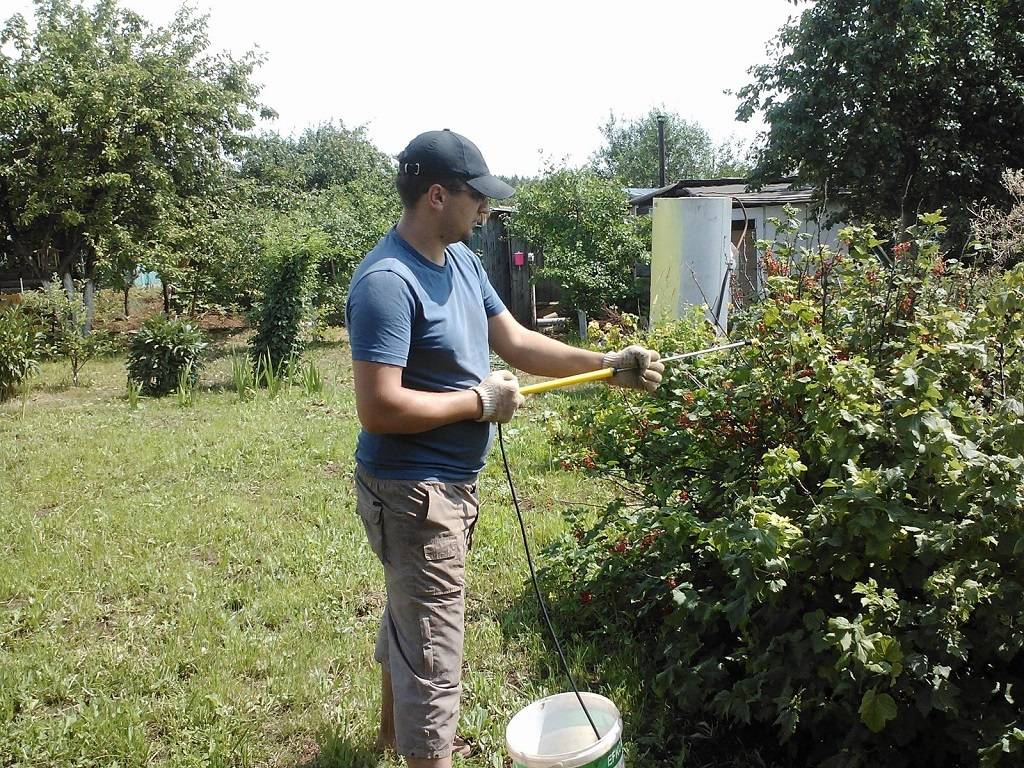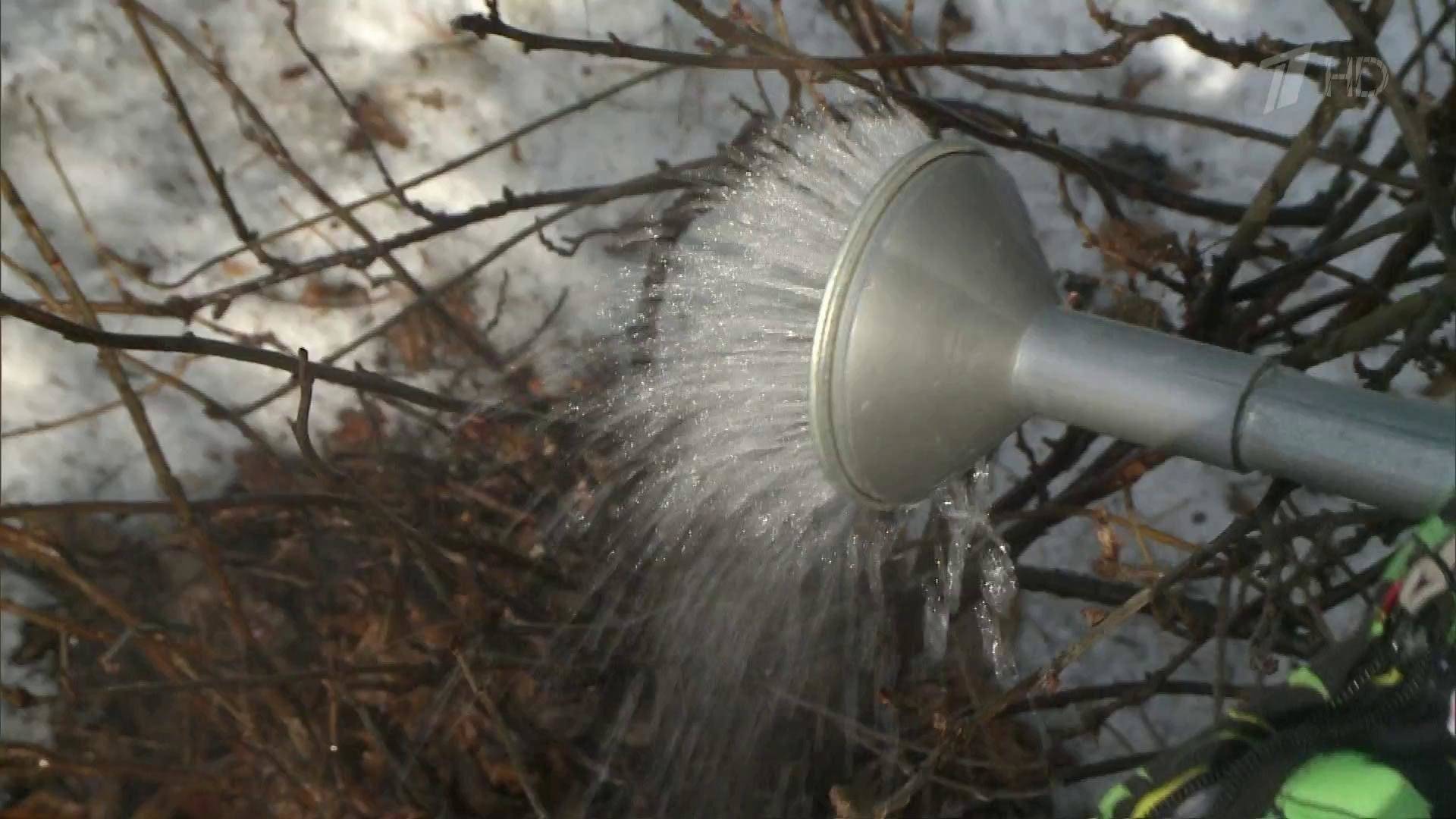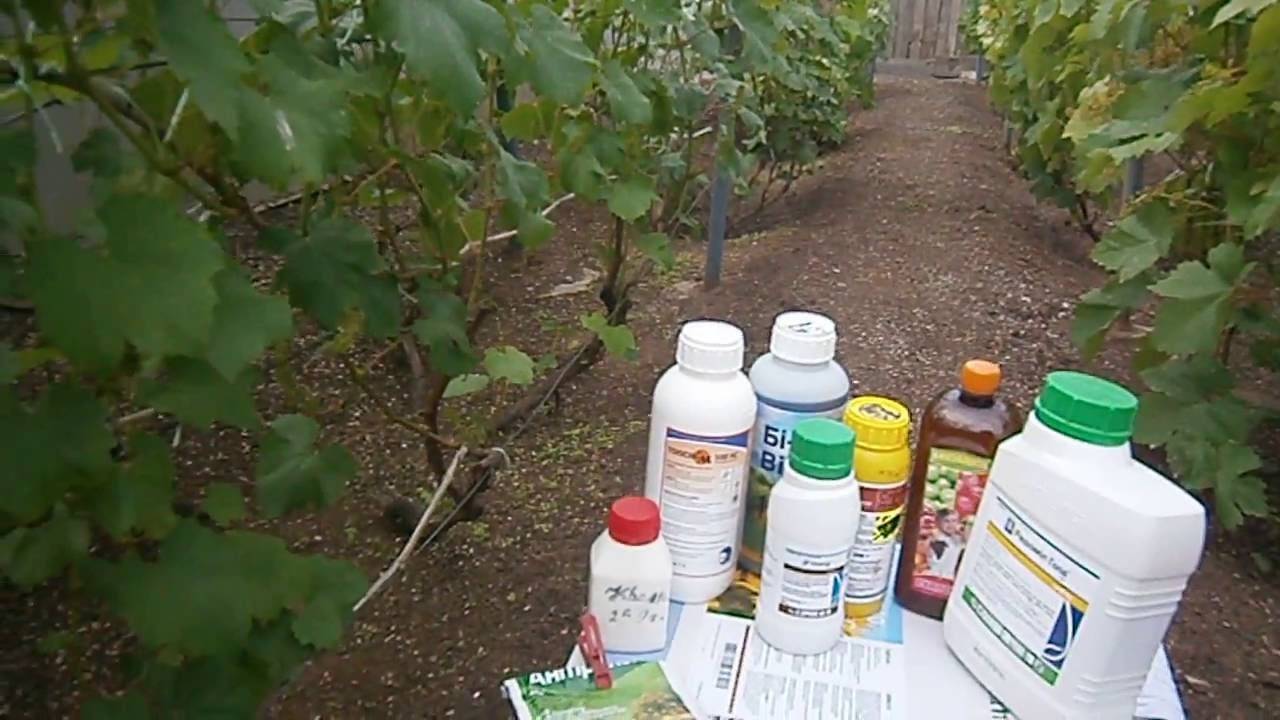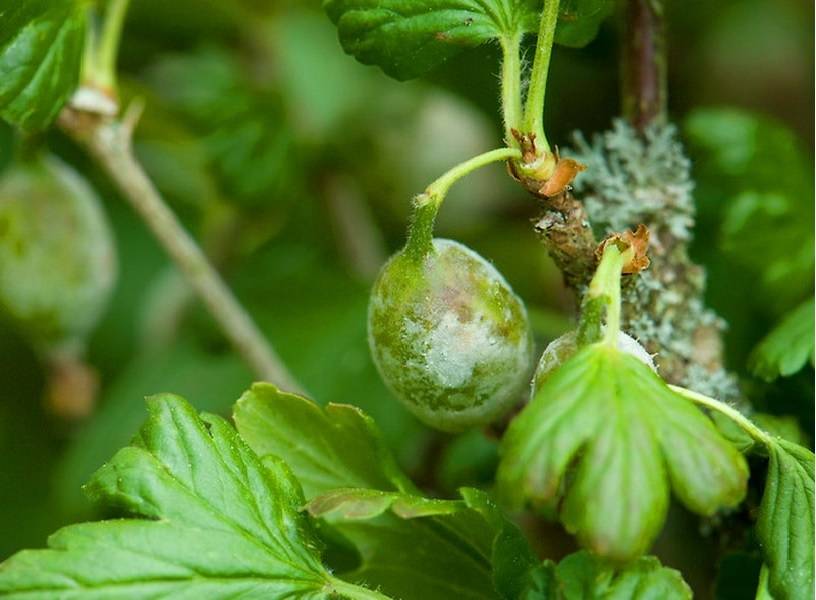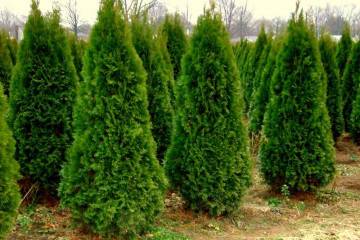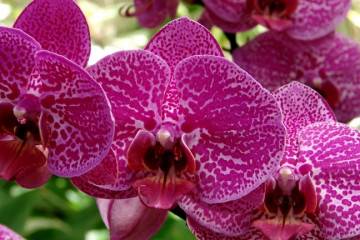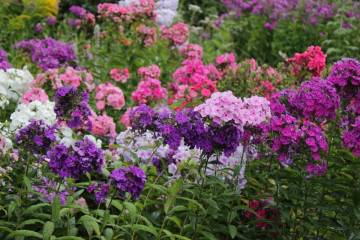How to process gooseberries in spring, summer with berries
Content:
Growing gooseberries is a difficult procedure, since the culture is very susceptible to many diseases, and pests often attack it. Parasites damage the plant, reduce its immunity. This leads to the fact that the weakened bush quickly becomes infected with viruses. This is often the cause of crop loss. Only timely processing of gooseberries can save.
Briefly about diseases and insects dangerous for gooseberries
The culture requires special care due to its tendency to disease. Most often, gardeners have to deal with:
- rust;
- gray rot;
- powdery mildew.
The leaves of the bush often infest pests, among which the greatest danger comes from caterpillars, aphids and ticks. It is necessary to carefully monitor the condition of the bush. Knowing how to treat gooseberries in the spring against diseases and pests, you can manage to prevent the complete death of the plant.
What threatens the plant if it is not processed
Insects can spread viruses that do not respond to treatment. If the plant is not treated for prevention, it can completely die.
If the disease has destroyed the leaves, then the buds will not be laid the next year. In addition, diseased berries and foliage fall off and infect the soil around the bush.
Processing time for gooseberries
For the effectiveness of the fight against viruses and pests, processing should be started in early spring. You need to be in time until the insects and fungal spores are at rest. The daytime temperature should not exceed 10 ° C. Thus, it is possible to destroy pests in places of their general accumulation for the winter. This will prevent them from multiplying on the bush.
Contact drugs are required. It is imperative to cultivate not only the foliage, but the ground around the bush.
The second phase of processing begins at the moment when the bush is covered with foliage. In the growing season, contact and systemic pesticides can be used.
From June to August, it is impossible to use pesticides, since berries ripen at this time. It is permissible to use only folk or biological agents.
Types of treatments, their descriptions and instructions for use
There are many options than spraying gooseberries in the spring against pests and diseases. This includes both folk methods and the use of chemicals.
Boiling water
Boiling water will destroy everything that is on the bush, but the plant itself will remain intact. Processing should be carried out only at a time when the bush is still fast asleep, that is, its buds are covered with woody scales.As soon as they begin to swell, the procedure is strictly prohibited.
Boiling water is poured into a watering can, then all the shoots are watered with it. Do not pour hot water into the ground for a long time. If it is warmed up ahead of schedule, the roots will wake up, and premature flowering will begin. As a result, the bush will die from frost.
Copper sulfate
This drug is the main constituent of Bordeaux liquid, but can be used alone.
The processing of gooseberries with vitriol is carried out in early spring. To prepare the solution, you will need 10 liters of water and 50 g of powder. Due to the acidic environment, the agent corrodes the surface of the larvae and destroys the eggs.
Bordeaux liquid
This drug is a mixture of copper sulfate with lime. It is stirred with water. Until the buds have blossomed, you need to use a mixture of 3%. To get it, you need to take 300 g of vitriol per 10 liters of water. It is necessary to dilute lime and copper sulfate in separate containers. 5 liters goes for lime, 5 liters for vitriol. Then both solutions are mixed by pouring vitriol into lime in a thin stream. The resulting product is sprayed on the plant.
Nitrafen
The product is no longer produced in Russia, but can be imported from Ukraine. Previously, it was very popular with gardeners due to the ability to destroy both the larvae and the insects themselves. The drug is produced in the form of a brown paste. To process gooseberries, you need to dilute 200 g in 10 liters of water.
Urea (urea)
Urea is processed in the fall. The tool is able to eliminate any pest. It can be incorporated into the soil.
Biological preparations
The main principle of action of biological products is to create conditions under which the fungus and pests cannot survive. In their composition, they contain microorganisms harmless to human health. Scab, powdery mildew and rust can be removed with phytosporin, and pharmaco is effective against viruses and fungi.
Chemical based preparations
All chemicals must be used with great care, as they are harmful to humans. It is recommended to apply them only in spring or autumn after harvest. The most popular are inta-vir, actellik, confidor.
Folk remedies
The most popular folk methods that gardeners use to save gooseberries are:
- baking soda. It is capable of destroying both fungi and pests, but cannot eliminate eggs. For the spraying procedure, 100 g of the product is dissolved in 10 liters of water;
- more aggressive compared to baking soda soda ash. To prepare the solution, you need to dilute 50 g of soda in 10 liters of water;
- soap has a good alkaline reaction. Its main advantage is that it covers the surface with a film. Laundry soap needs to be grated, pour 2 liters of water. Once the soap is completely dissolved, add water to 10 liters.
All solutions must be applied very carefully, not missing a single centimeter.
Which method is best to protect gooseberries from diseases and pests?
There are different methods of treatment for each type of disease.
Scab
The plant can be removed from the fungal-viral scab both by folk methods and by chemical preparations. Infection is characterized by the formation of white plaque. In the spring and after picking berries, you can process it with karatan.From folk methods, a solution prepared from 10 liters of water and 1.5 kg of ash is suitable. With this solution, gooseberries are processed in summer and spring.
Powdery mildew
First of all, if powdery mildew is found on gooseberries, it is necessary to process it with copper sulfate. For the solution, 75 g of laundry soap, 5 liters of water and 20 g of copper sulfate are taken.
Lichen
If the shoots are covered with a gray or greenish bloom, this indicates a lichen infection of the plant. This requires:
- remove plaque from leaves with a coarse cloth;
- carry out treatment with a solution of copper sulfate 1%;
- spray with a 3% solution of ferrous sulfate.
Processing can be carried out in April or October.
Aphid
The appearance of a pest leads to the fact that the leaves of the plant curl and die. Aphids multiply very quickly. To combat the parasite, it is best to combine chemicals with traditional methods. Chemicals should be used before the leaves appear in early spring. Most often, for these purposes, they take inta-vir, aktara, BI-58.
Gall aphid
Insects are afraid of the smell of tansy. You can water the plant with decoction to scare them away. A solution with ammonia helps to get rid of aphids well. For processing, 40 g of soap must be dissolved in 10 liters of warm water. Add any detergent and 2 tbsp. spoons of liquid green soap. At the end, 40 ml of ammonia is added. The resulting product must be sprayed.
Sprout aphid
The parasite is very dangerous in that it not only completely destroys the crop, but also carries viral diseases. Chemical treatment should be carried out 30 days before harvesting. It can be combined with traditional methods by treating the plant with boiling water, baking soda and a solution with laundry soap.
Kidney currant mite
The parasite appears on the plant in the spring. It is dangerous for bushes because it feeds on their juice. Gradually, the leaves of the attacked gooseberry turn yellow and fold. Treatment for parasites is carried out only on the aerial part. A solution of 5 g of colloidal sulfur dissolved in 500 ml of water is excellent for this.
Shields
Of the chemicals used to combat the scabbard, Aktara and Bacol are considered the most effective. The parasites die within a few days after the treatment. Spraying with a solution with laundry soap helps a lot.
Fireflies
Gooseberries can be attacked by green caterpillars, which are called moths. They hibernate in the upper layer of the mail, and appear at the time of flowering. During flowering and the formation of the ovary, the plant can be treated with a solution of soap and ash, decoction of onions.
Sawflies
To combat the sawfly, it is effective to use a decoction of tansy and yarrow. If the bush is heavily infested, industrial chemicals are used. Pheromone traps help a lot.
Regular processing, competent gooseberry care will save the gardener from problems. A healthy plant will delight you with a good harvest every year. Well, if it was not possible to avoid adversity, then processing, the options for which are discussed above, will help in this.
